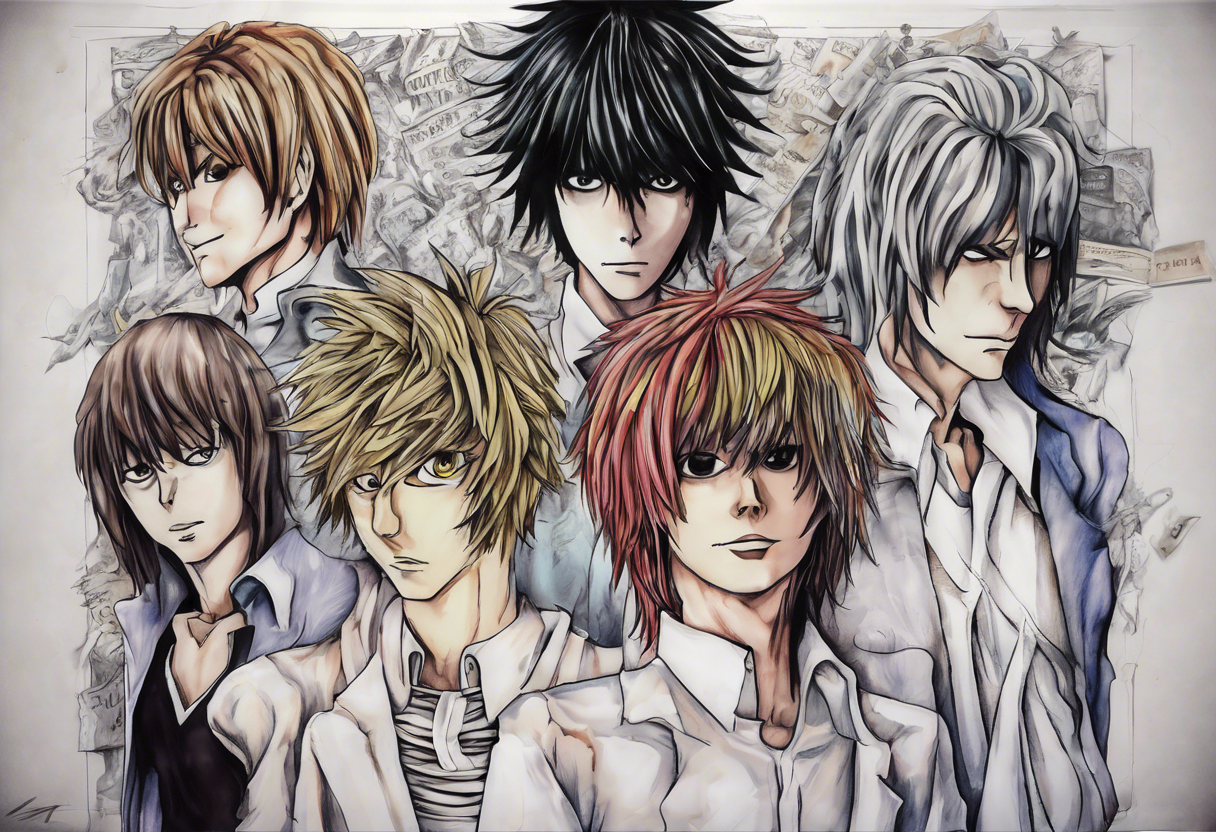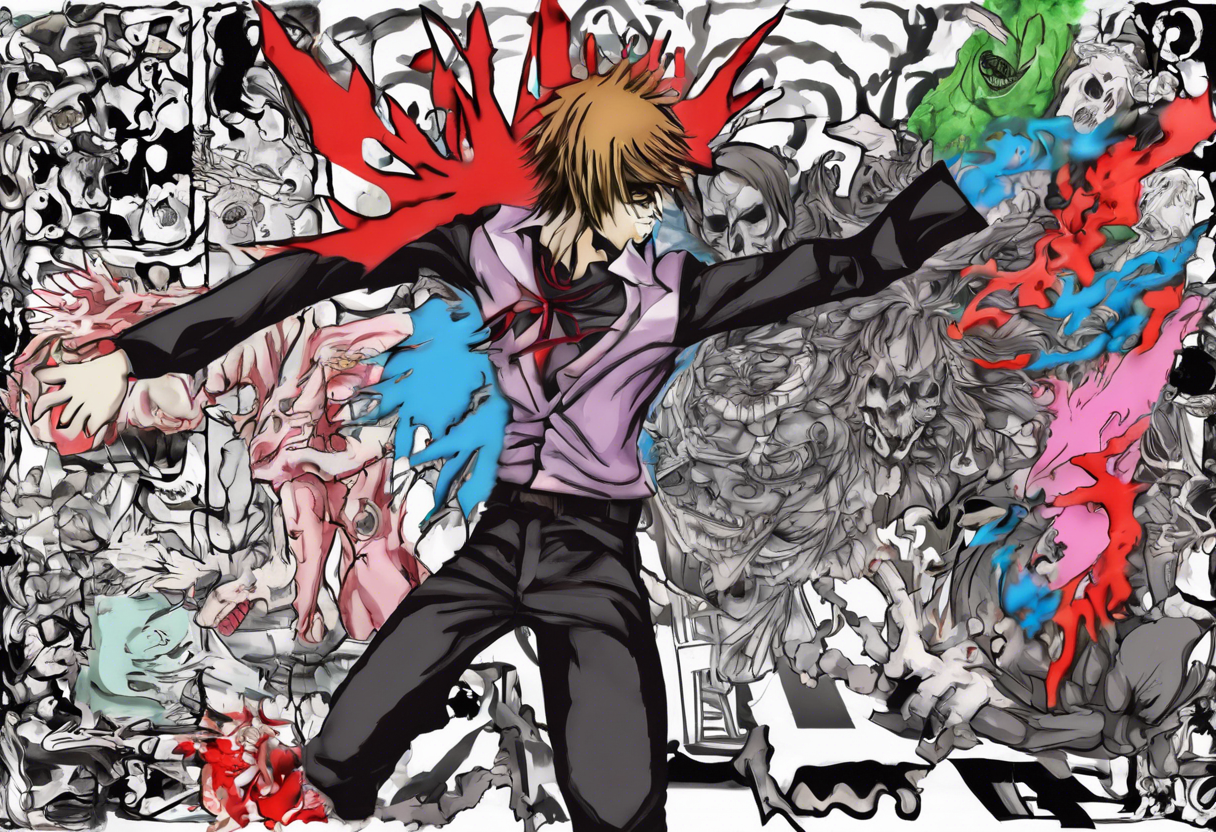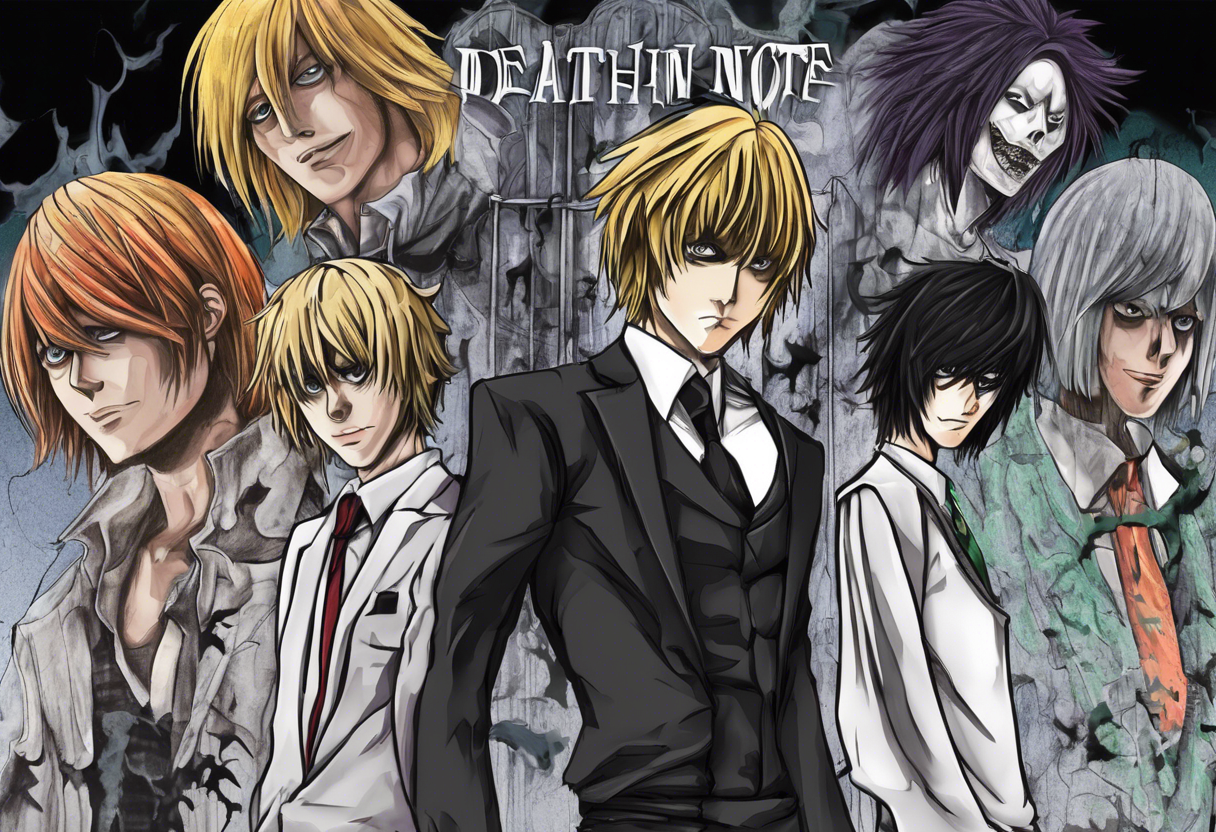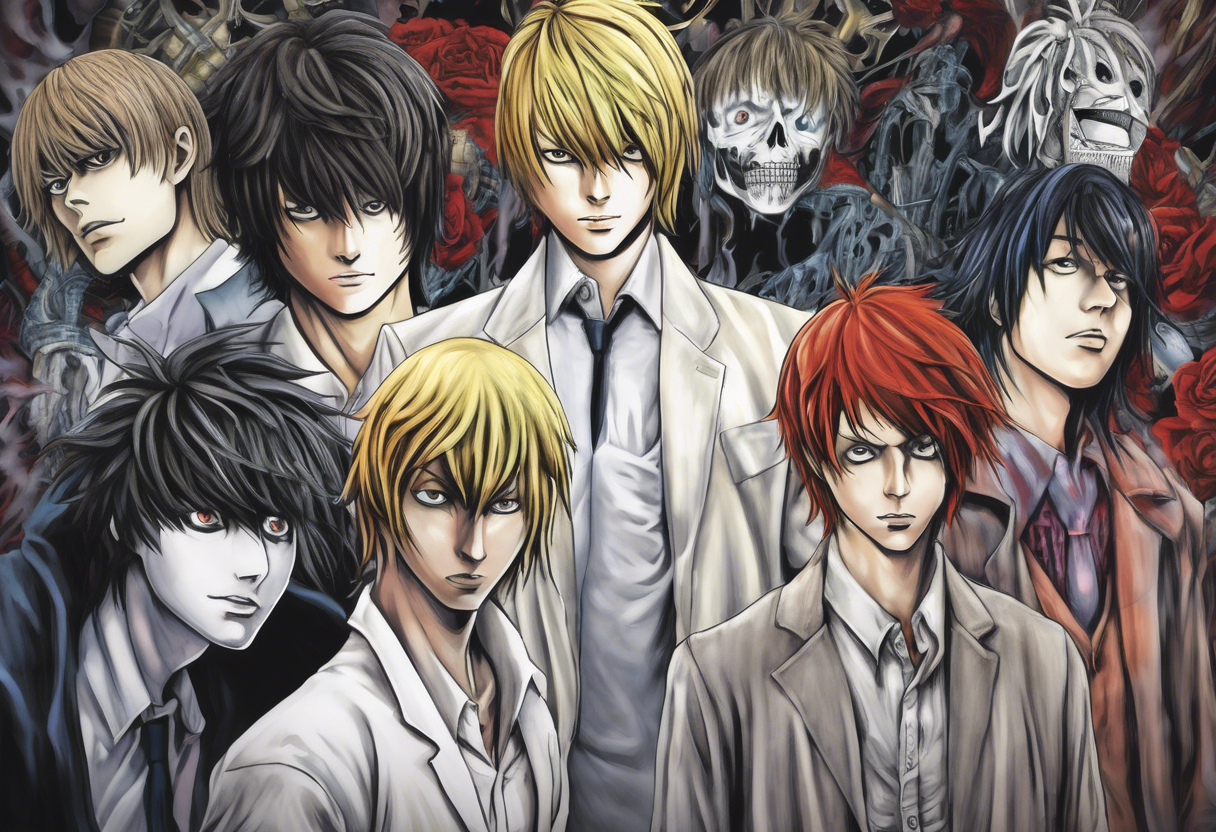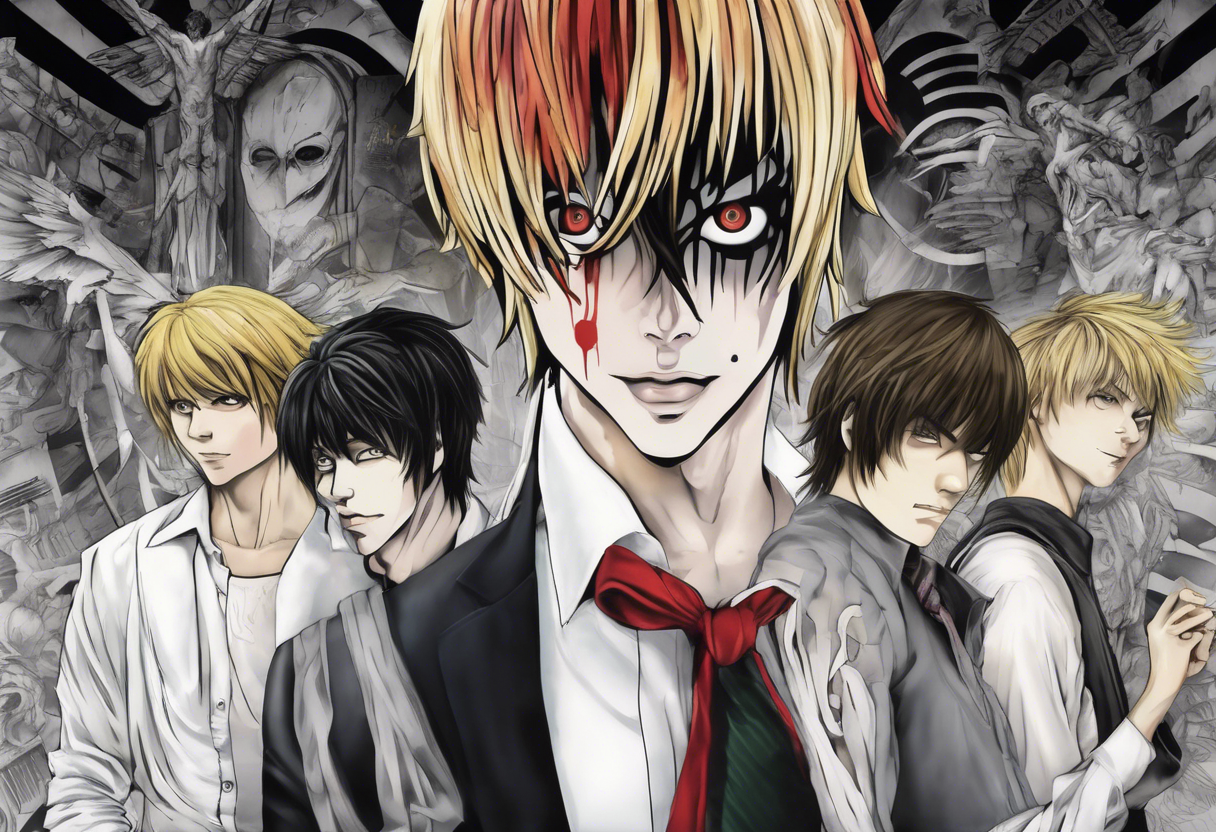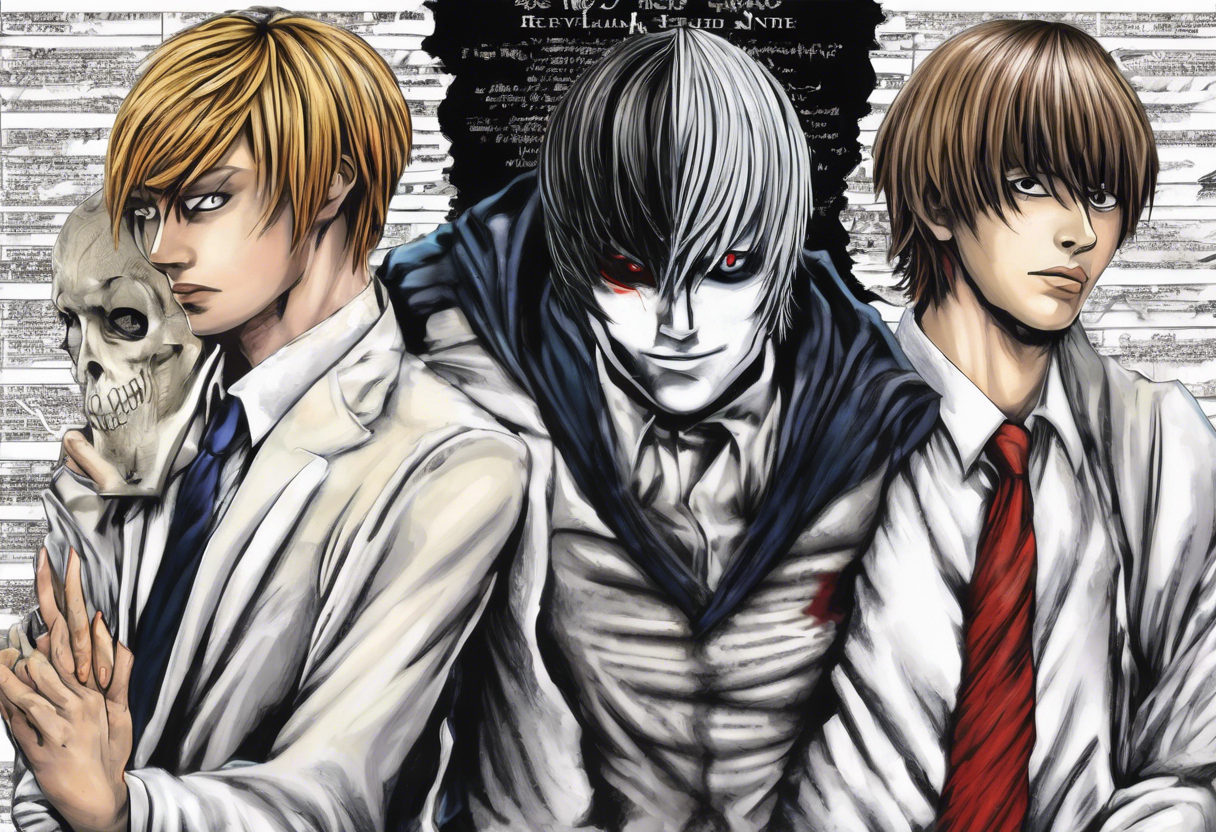Contents
Introduction
"Revival" is the 24th episode of the anime series Death Note, directed by Hisato Shimoda and written by Shōji Yonemura. This episode is a pivotal point in the series, marking a significant turn in the storyline and character developments. The Death Note anime, adapted from the manga by Tsugumi Ohba and Takeshi Obata, was produced by Madhouse and co-produced by several other companies including Nippon Television, Shueisha, D.N. Dream Partners, and VAP. It began airing on Nippon TV on October 4, 2006, and concluded on June 27, 2007, with a total of 37 episodes[2].
"Revival" stands out within the series for its intense plot revelations, character dynamics, and the return of key elements that drive the narrative forward. The episode aired on March 27, 2007, and is notable for its detailed flashbacks, intricate plot twists, and the resurgence of Light Yagami’s manipulative and calculating persona[1].
Plot Summary
The episode "Revival" opens with the team’s successful arrest of Kyosuke Higuchi, who had been using the Death Note to commit murders as the second Kira. Upon inspecting Higuchi’s Death Note, the team members who touch it discover the existence of shinigami, supernatural beings associated with the Death Note. Chief Yagami is the first to touch the notebook and encounters Rem, a shinigami, which leads to a dramatic and unsettling revelation for the characters[1].
As the Death Note is brought to L, he reacts with his characteristic understatement, acknowledging the reality of the shinigami and the implications of the notebook’s power. Light Yagami, who had been pretending to be a normal student after losing his memories of being Kira, regains his memories when he touches the Death Note. This marks the return of the manipulative and ruthless Light, who had been planning his moves meticulously[1].
The episode delves into Light’s elaborate plan through a series of flashbacks, revealing how he had been manipulating events from behind the scenes. It is disclosed that Light had retained a piece of Misa’s Death Note, allowing him to maintain his connection to the notebook’s power. He orchestrates the death of Higuchi and sets his sights on eliminating L, the only person who could potentially stop him[1].
Meanwhile, Misa Amane makes a deal with Ryuk, the original shinigami owner of the Death Note, to regain the Shinigami eyes, which allows her to see a person’s name and lifespan. However, this deal comes at the cost of halving her remaining lifespan once again[1].
The episode concludes with an iconic scene of Light hugging Misa, while Ryuk watches in the background, symbolizing the complex and dangerous relationships between these characters[1].
Themes and Symbolism
"Revival" explores several central themes that are crucial to the Death Note series. One of the primary themes is the morality of justice and the consequences of playing god. Light’s actions and motivations are rooted in his belief that he is creating a utopian society without crime, but this belief is contrasted with the moral ambiguities and the human cost of his actions[2].
The episode also delves into the theme of identity and the duality of human nature. Light’s transformation from "Good Light" to the ruthless Kira highlights the complexity of his character and the blurred lines between good and evil. This duality is further emphasized by the contrast between Light’s public persona and his true intentions[1].
Symbolism plays a significant role in "Revival," particularly with the Death Note itself. The notebook represents absolute power and the corrupting influence it can have on individuals. The shinigami, such as Rem and Ryuk, symbolize the supernatural and the inevitability of death, serving as reminders of the consequences of wielding such power[2].
Cultural Impact
"Revival" and the Death Note series as a whole have had a significant cultural impact. The series was one of the first well-known Japanese anime properties to be made legally available in the United States for download while it was still airing in Japan, marking a significant milestone in the distribution of anime globally[2].
The series has influenced popular culture, with references in various forms of media, including other anime, manga, and even Western television shows. The concept of the Death Note and the character of Light Yagami have become iconic in the realm of anime and manga, often cited as examples of complex storytelling and moral ambiguity[2].
Critical Reception
"Revival" and the Death Note series received widespread critical acclaim upon release. Critics praised the series for its intricate plot, well-developed characters, and the moral dilemmas it presented. The episode "Revival" was particularly noted for its intense plot revelations and the return of Light’s manipulative persona, which many fans had been eagerly anticipating[1].
The series has also been subject to some controversy, particularly regarding its portrayal of violence and the moral implications of Light’s actions. However, these controversies have contributed to the series’ enduring relevance and the ongoing debates about its themes and messages[2].
Legacy
The "Revival" episode and the Death Note series continue to have a lasting impact on the anime and manga community. The series is often cited as one of the greatest anime series of all time, known for its complex characters, intricate plot, and deep thematic exploration.
The influence of Death Note can be seen in many subsequent anime and manga series that have followed in its footsteps, exploring similar themes of morality, power, and the human condition. The series remains a staple in anime culture, continuing to inspire new generations of fans, filmmakers, and artists[2].

